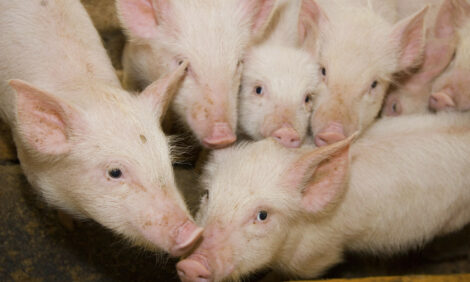



Support to Agriculture at Historic Low
GLOBAL - Government support to agriculture in Organisation for Economi Co-operation and Development (OECD) countries fell to 19 per cent of total farm receipts in 2011, a record low driven by developments in international commodity markets, rather than by explicit policy changes, according to the latest version of an annual OECD report.Support to producers stood at $252 billion (EUR 182 billion) in OECD countries in 2011, confirming a longstanding trend toward falling farm support. While Agricultural Policy: Monitoring and Evaluation 2012 points to a generalised move away from support directly linked to production, it finds that support which distorts production and trade still represents about half of the total.
“The move toward lower farm support is a welcome trend, but we still see the need for better targeting and more cost-effective farm policy,“ said OECD Trade and Agriculture Director Ken Ash.“Farm support should be more closely directed at increasing agricultural productivity and competitiveness. Governments should also be doing more to address environmental issues, ensure sustainable resource use and help farmers better cope with risk.“
The new report shows that support levels still vary widely across OECD countries. Over the 2009-11 period, New Zealand had the lowest level of support, at just 1 per cent of farm income, followed by Australia (3 per cent), and Chile (4 per cent). The United States (9 per cent), Mexico (12 per cent), Israel (13 per cent) and Canada (16 per cent) were also below the OECD average (20 per cent).
The European Union has reduced its level of support to 20 per cent of farm income. At the other end of the scale, support to farmers remains relatively high in Iceland (47 per cent), Korea (50 per cent), Japan (51 per cent), Switzerland (56 per cent) and Norway (60 per cent).
The report also shows that total support to agriculture as a percentage of national income is falling in the OECD area, declining from 3 per cent of GDP on average over the 1986-88 period to less than 1 per cent in 2009-11. This declining trend is observed in all OECD countries over the long term.
The OECD projects that today’s relatively high commodity prices will continue over the medium-term outlook, meaning that markets will provide farmers the income that many governments have until now sought to provide through cash payments or artificially high prices.
“Given expectations of future demand growth and greater pressure on limited resources, there is a clear opportunity to turn farm policy toward the most pressing policy goals, like boosting innovation across the food and agriculture system,“ Mr Ash said. “Cash-strapped governments carrying out spending cuts across their budgets will have to improve the cost effectiveness of agricultural policies.“
Further ReadingYou can view the full report by clicking here. |








